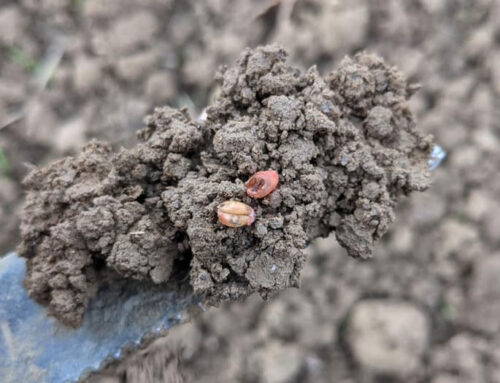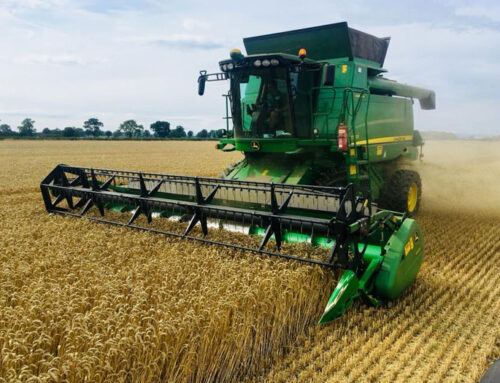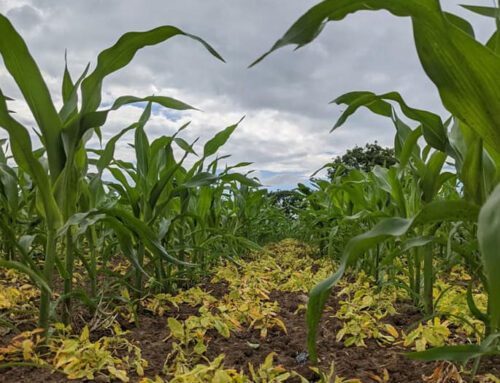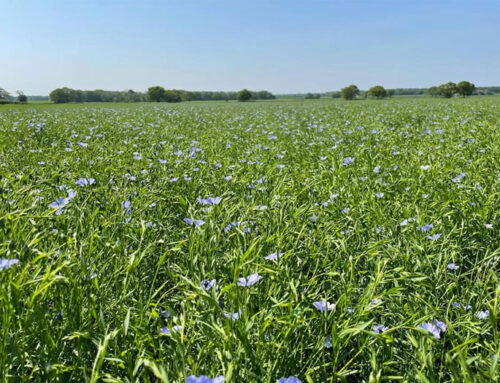July is always my favourite time of year; you finally start to see the early results of a hard seasons work. It has to be said that not all the sites are pretty, and I think there will be a collective sigh of relief when the last field is cut.
I understand from speaking to colleagues and friends from down south that harvest is well underway. Here in North Yorkshire we haven’t yet got that orchestral drone from the army of combines in full flow, now it’s more of a slight hum. A handful of growers have made a start for crimping while a lonely few have ventured into fully ripe barley. The early results that we are getting reflect soil type and the weather drought torn and winter waterlogged fields are not yielding well although better than I thought. Good land drilled early has yielded very well and were a pleasant surprise. Will this translate across all the crops? Don’t get me wrong we aren’t going to be having the 12t/ha wheat yields of last year but those that have survived the perils of 2019-2020 could yet surprise us. Late sown wheats will make a crop and with the reduced growing costs and the slight rise in commodity price there will still be a window for profit.
Most of the on farm social distancing conversations are around variety choice and rotational choices. On the wheat front the new varieties we will be trying are Saki and Parkin and of the old stagers Costello will still occupy a reasonable chunk. Extase and skyscraper will be in the experimental slots as I am still nervous over straw strength. About rotation, we are blessed that blackgrass is not yet endemic but can not be ignored. Last years weather scars are burned into the minds of my growers and stopping the drills from going too early will be like the little boy putting his finger in the dam. I hope that moisture is present when we start so we can at least start with a managed herbicide program.
Most of my Oilseed rape has now been sprayed off with the last stragglers soon to be done. As if this season hasn’t thrown enough spanners in the works having rape crops that are one third ripe, one third green and one third having another attempt at flowering judgement day will have to be called. I have a feeling my ever-dwindling portfolio of rape crops will again be subject to another slim fast treatment. For those who have simply had enough conversations are on-going on what to fill this void with, however I would be ever so cautious on throwing this unnecessary gremlin out the pram too soon. For those who have slight optimism and want to give the crop that famous one last chance my advice would be to get a variety with early vigour, if possible, sow with a starter fertiliser and at a slightly higher seed rate. The main tool for getting the crop away though is moisture, if there is plenty in the soil then get it in!
Maize has now had all its herbicides with some receiving a secondary top up, the dry conditions in early June aided the reduced efficacy of some products. Most crops are now reaching the latest stage that the sprayer can safely operate without causing damage so trace element tonics will be going on imminently.
Recent potato digs not only help fill my evenings dinner plate but also allow assessments of crop development, these are vital in getting the correct timing for crops receiving a growth regulator treatment. In general potato crops look great and are full of potential but as well all know this can have a knock on effect on commodity price.




